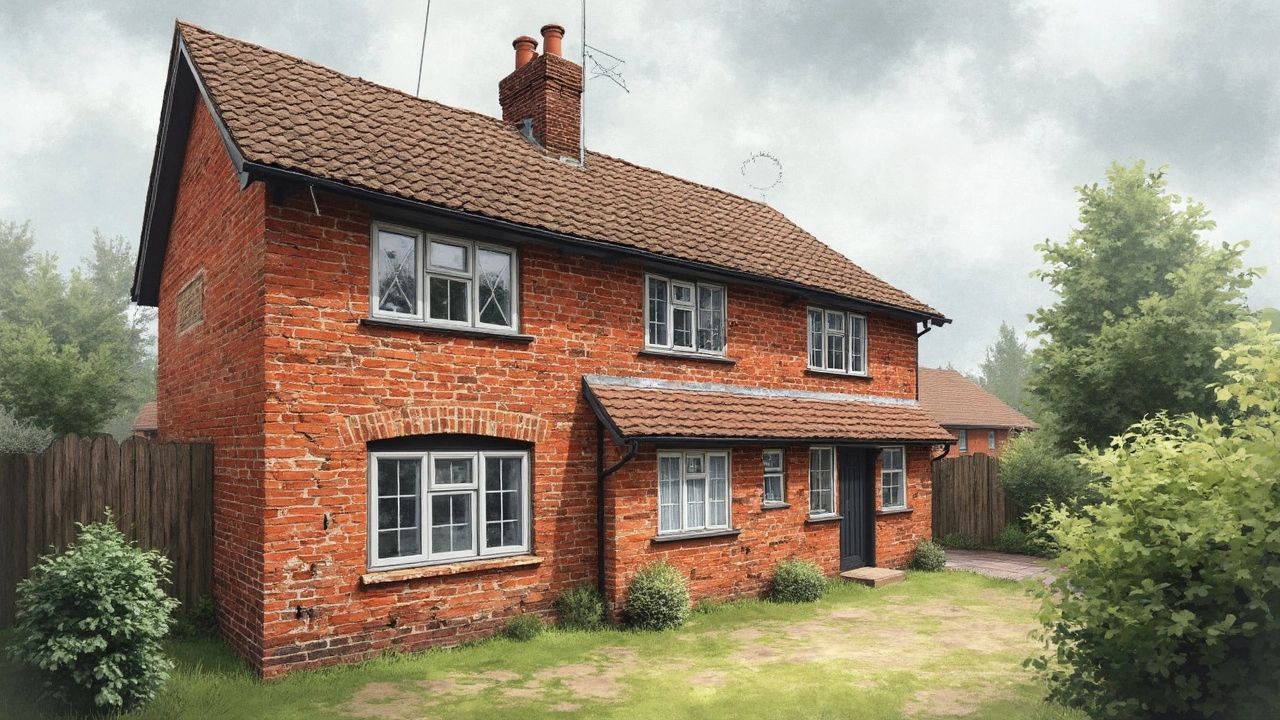House Collapse: What Causes It and How to Keep Your Home Safe
If you hear a sudden crack or notice walls leaning, your first thought might be "Is the house going to fall?" That feeling is normal, but you don’t have to panic. Understanding the main reasons a house can collapse and learning the signs early can save money, stress, and even lives. This guide breaks down the basics, shows you what to look for, and offers simple steps to stop a collapse before it starts.
Why houses collapse
Most collapses trace back to one of three problems: a weak foundation, water damage, or poor construction. In the UK, many older homes sit on shallow footings that can shift when the ground dries out or gets too wet. Water can also seep into walls, rot timber, and weaken bricks. Finally, shortcuts during building – like using cheap materials or skipping inspections – leave hidden weaknesses that can give way under normal loads. When any of these issues combine, the structure can lose its stability and start to move or crack.
How to spot early warning signs
Before a house actually gives way, you’ll usually notice a few tell‑tale signs. Look for cracks wider than a hairline, especially around doors, windows, or the foundation. Doors that stick or won’t close properly often mean the frame is shifting. Sloping floors, doors that swing on their own, or a noticeable tilt in the ceiling are also red flags. Pay attention to damp spots on walls – they can signal water pooling around the foundation. If you spot any of these, it’s time to call a structural engineer for a proper check.
What to do if you think your house might collapse? First, stay calm and get an expert opinion. A qualified surveyor can assess the damage and tell you if it’s a serious risk or just a minor issue. If the engineer recommends urgent work, prioritize stabilising the structure – often this means underpinning the foundation or adding temporary supports. While repairs are being arranged, avoid heavy loads in the affected area and keep an eye on any new cracks or changes.
Prevention is cheaper than repair. Start by keeping drainage around your home clear; gutters and downspouts should direct water away from the foundation. If you live on clay soil, consider a moisture management plan – planting trees far enough away and using soil moisture sensors can help. Regular inspections, especially after severe weather, catch problems early. When you’re planning extensions or major renovations, always use a reputable builder and insist on full structural calculations. Small investments in quality materials and proper design pay off by keeping your house standing for decades.
In short, a house collapse isn’t inevitable. Knowing why it happens, watching for warning signs, and acting quickly can protect your home and your family. Keep an eye on cracks, manage water, and don’t skip professional advice – it’s the simplest way to keep your house safe.

